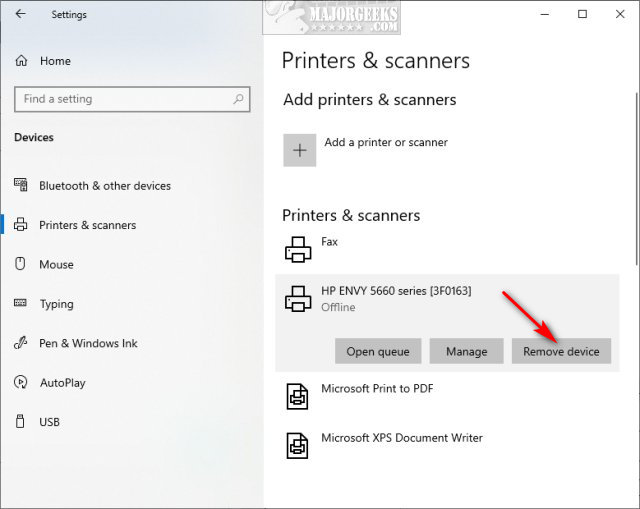
If you can’t downgrade to your old version (maybe it’s been to long, or maybe something went wrong with your downgrade attempt), you’ll have to perform a clean install of Windows-something PC geeks often do on new computers, anyway. That means that computer came with a product key that allows you to use Windows 7 or 8.1 on it.

How to Downgrade if Windows 10 Doesn’t Give You The OptionĪssuming you have an old computer you upgraded to Windows 10, that computer previously had Windows 7 or 8.1 on it. If you’re sure you don’t want to go back to your previous version of Windows, use Disk Cleanup tool to remove those files and immediately free up space. In the list of files Disk Cleanup can remove, find the “Previous Windows installation(s)” entry, and can see just how much space it’s consuming on your hard drive. In the Disk Cleanup window, click the “Clean up system files” button. Hit Start, type “Disk cleanup” into the search box, and then click the result to run it. If you open the Disk Cleanup application, you’ll see just how much space it uses. Obviously, storing every single file from your old Windows installation takes a lot of space. RELATED: 7 Ways To Free Up Hard Disk Space On Windows

You can also browse the Windows.old folder and restore files from it. RELATED: How to Restore Your Files From the Windows.old Folder After Upgradingĭowngrading is possible because Windows 10 stores your old Windows installation in a folder named “C:\Windows.old” on your PC. You can see this folder in File Explorer, though you shouldn’t attempt to delete it from here. Windows will then restore your previous version, restarting your PC a couple of times along the way. When you get to the final screen, click the “Go back to Windows 7 (or 8.1)” button to make it happen. Next, it will run you through a couple of screens where it asks if you want to try updating Windows 10 instead (to see if it makes anything better), and then reminds you that if you have a password, you’ll need to remember it or disable it while you can. Just pick anything, and then click the “Next” button. Windows will first ask you why you want to go back.


 0 kommentar(er)
0 kommentar(er)
